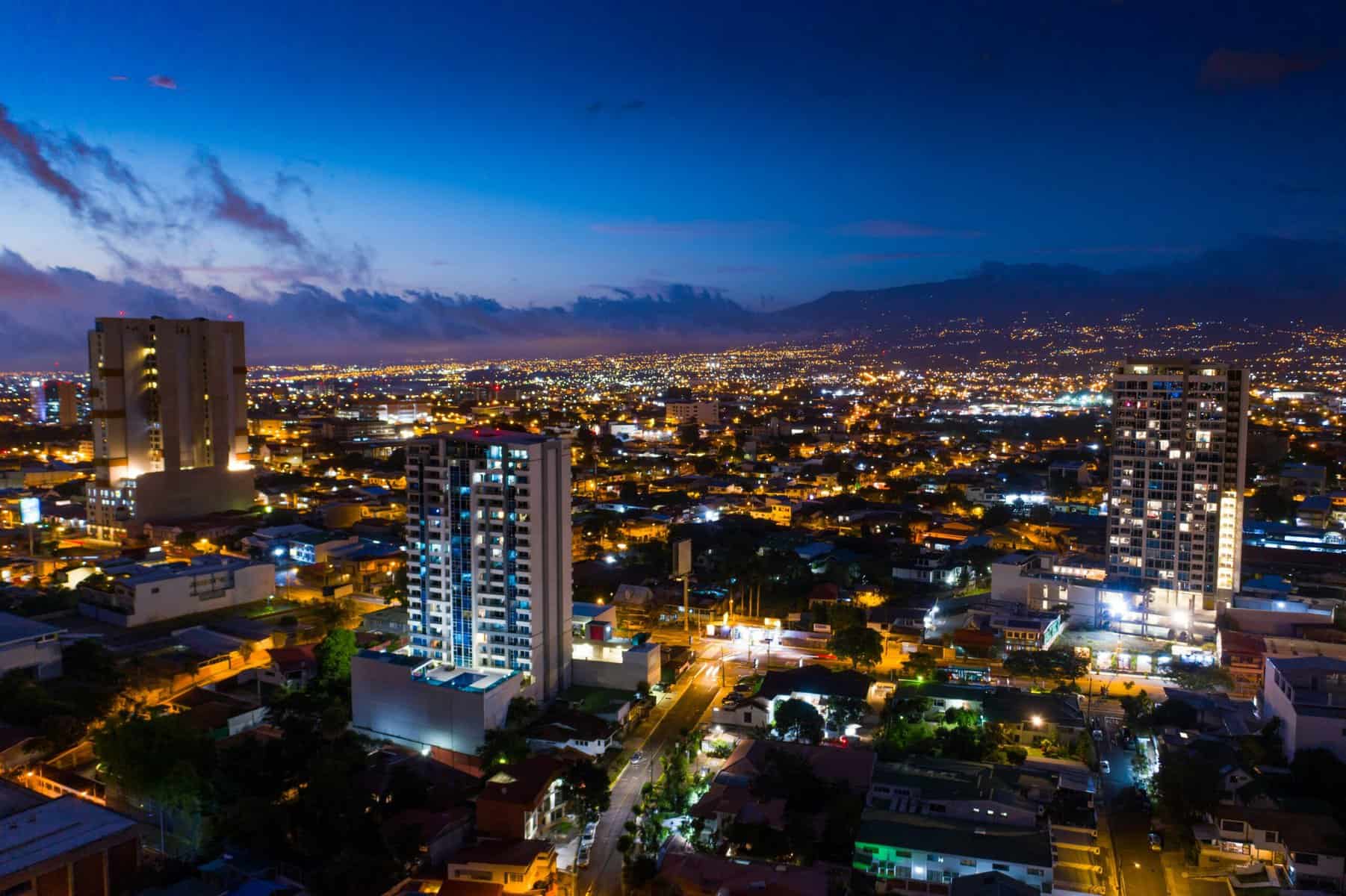Many individuals are eyeing apartments in Costa Rica’s capital city, San José. However, for a considerable number, this dream remains elusive due to the city’s soaring real estate prices. Urban living has always charmed many, who enjoy the convenience of living near city centers and having amenities close by.
According to an in-depth analysis conducted by the Center for Financial and Real Estate Business Studies (CENFI), purchasing an apartment in San José proves to be more financially demanding compared to other Latin American cities.
The study examined the square meter bid values of typical housing units across major Latin American cities. The three cities topping the list were Montevideo, Uruguay ($3,166 per square meter), Mexico City ($2,948 per square meter), and Monterrey, Mexico ($2,621 per square meter), with Quito, Ecuador, standing as the most affordable at $1,202 per square meter.
CENFI applied a similar methodology to gauge San José’s apartment prices. Relying on digital portals and data from September of the prior year, they inventoried sales prices for apartments ranging from 30 to 100 square meters. The findings disclosed a median value of approximately $2,012 per square meter for apartments with an average size of 80 square meters in the Costa Rican capital.
To afford an apartment of this size, priced at an average of $154,000, individuals would need a monthly income of at least $1,450. Notably, exceptions exist, such as Barrio Escalante, commanding a high bid value of $3,483 per square meter, and Granadilla de Curridabat, at the lower end with $1,200 per square meter.
Comparatively, when considering the average observed price in San José, the city surpasses other capitals in the region, including Panama City ($1,761 per square meter), Bogotá, Colombia ($1,254 per square meter), Quito, Ecuador ($1,202 per square meter), and Rosario, Argentina ($1,431 per square meter).
Urban planners and economists attribute this phenomenon to various factors, including the scarcity of land in the capital, stringent construction standards, and a consistent demand for investment properties.






